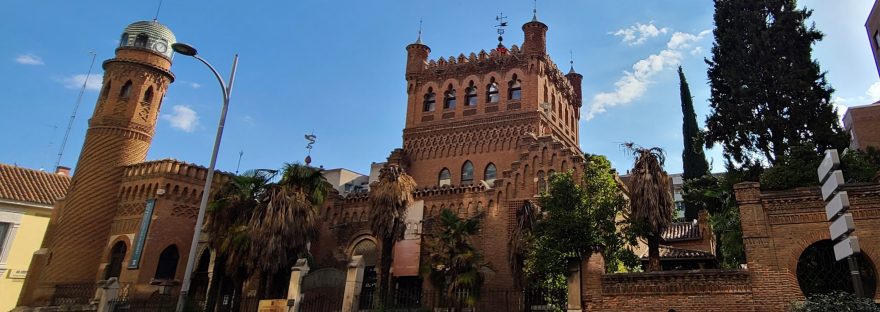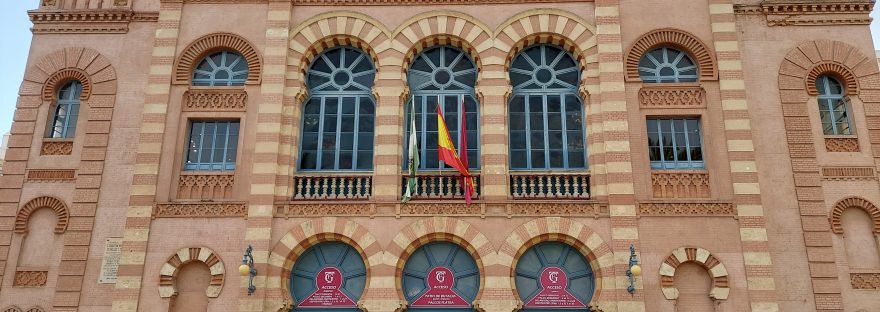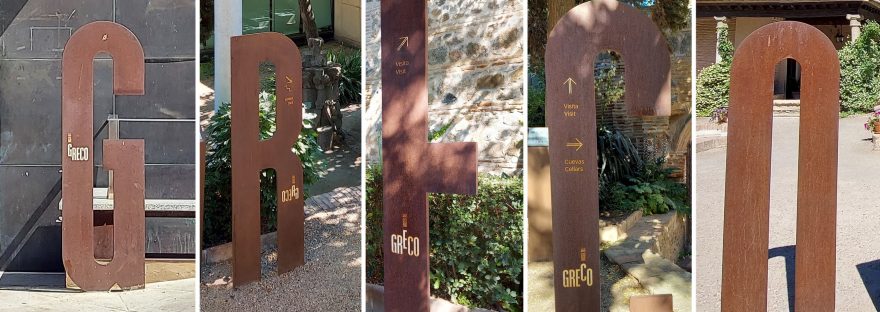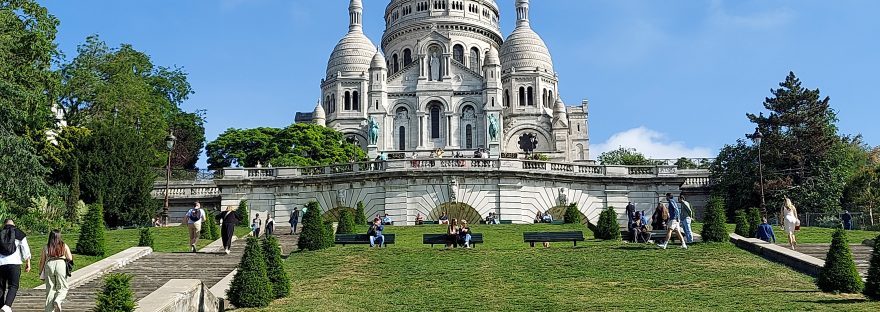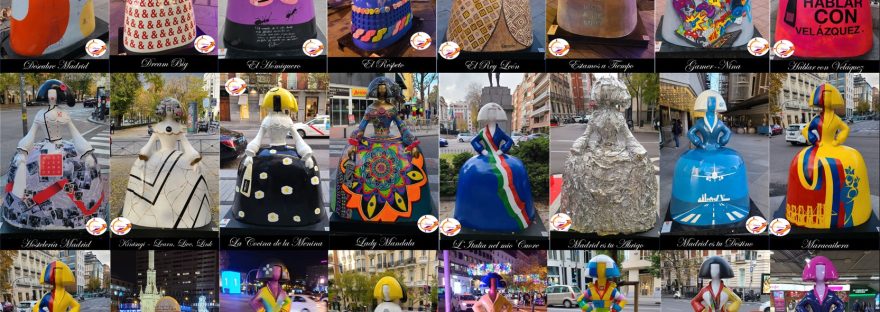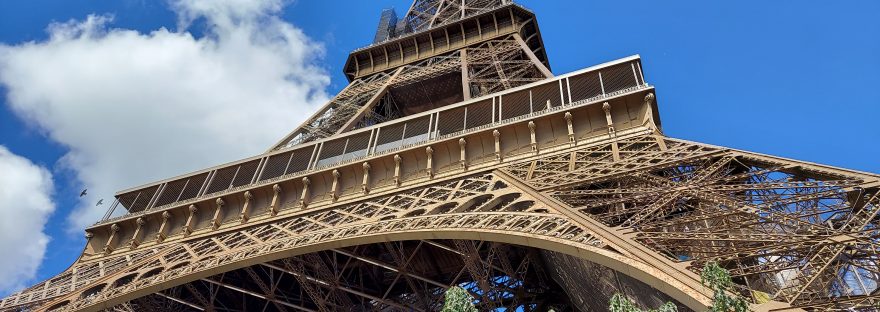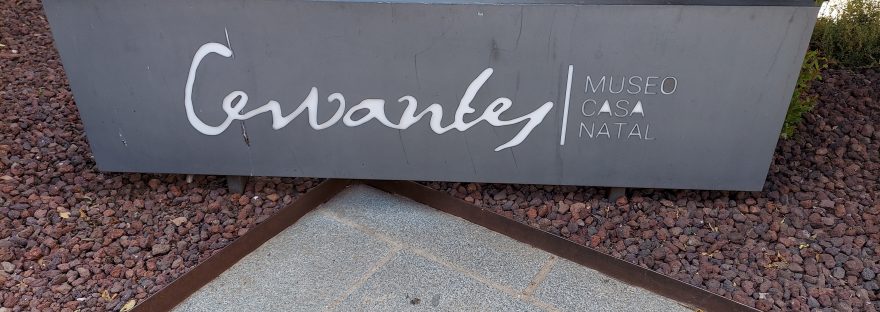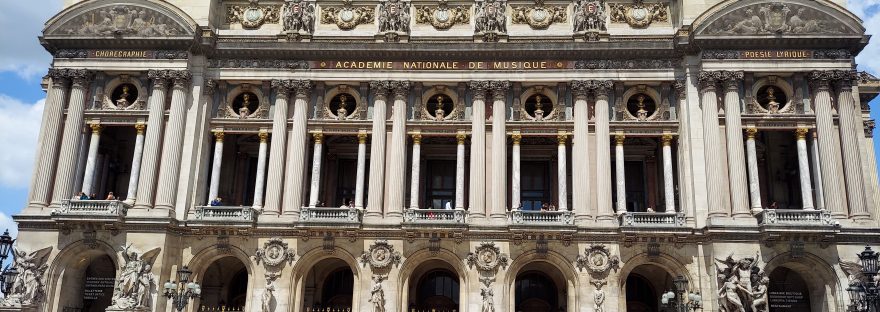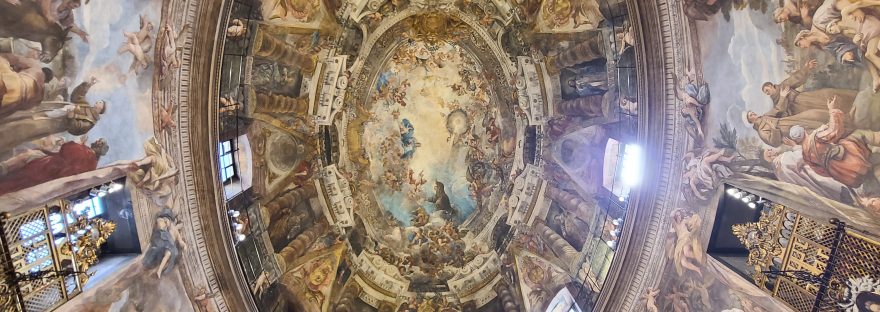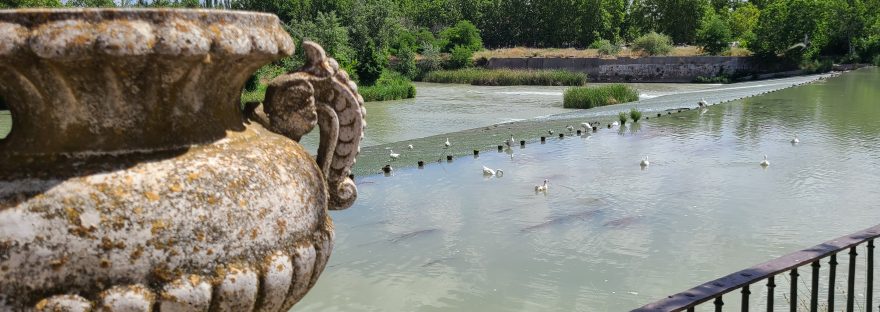Heading towards the center of the city of Alcalá de Henares via the “Paseo de la Estación”, we observe a building that definitely does not go unnoticed; it is the Laredo Palace. Continue reading “Laredo Palace – Alcalá de Henares, Madrid”
Tag: LVYEM
Falla Grand Theater of Cadiz
The Falla Grand Theater, of neo-Mudejar style, stands out unmistakably in the Fragela Square in Cadiz, Andalusia, Spain. Its construction began in 1884, on the site of the old Grand Theater of Cádiz, built in wood in 1871 that burned down in 1881. Continue reading “Falla Grand Theater of Cadiz”
“El Greco” Museum – Toledo
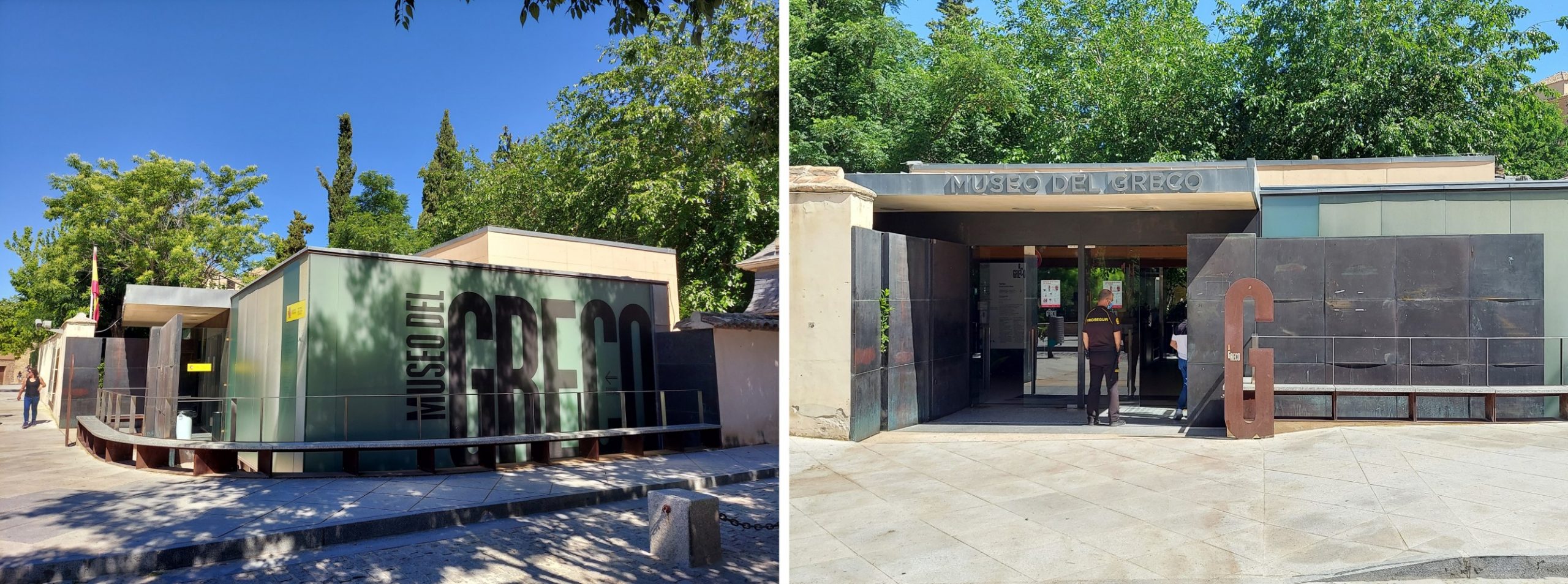
Looking at the building that houses this museum, it is difficult to relate the modern architecture of the structure that welcomes us, with the work of the painter Domenikos Theotokopoulos, born in Crete in 1541 and known to us as “El Greco”. Although he was not Spanish, most of his pictorial work was done in Toledo, Spain. He died in 1614, at the age of 72, in said city. Continue reading ““El Greco” Museum – Toledo”
The “Sacré-Cœur Basilica” of Montmartre, Paris
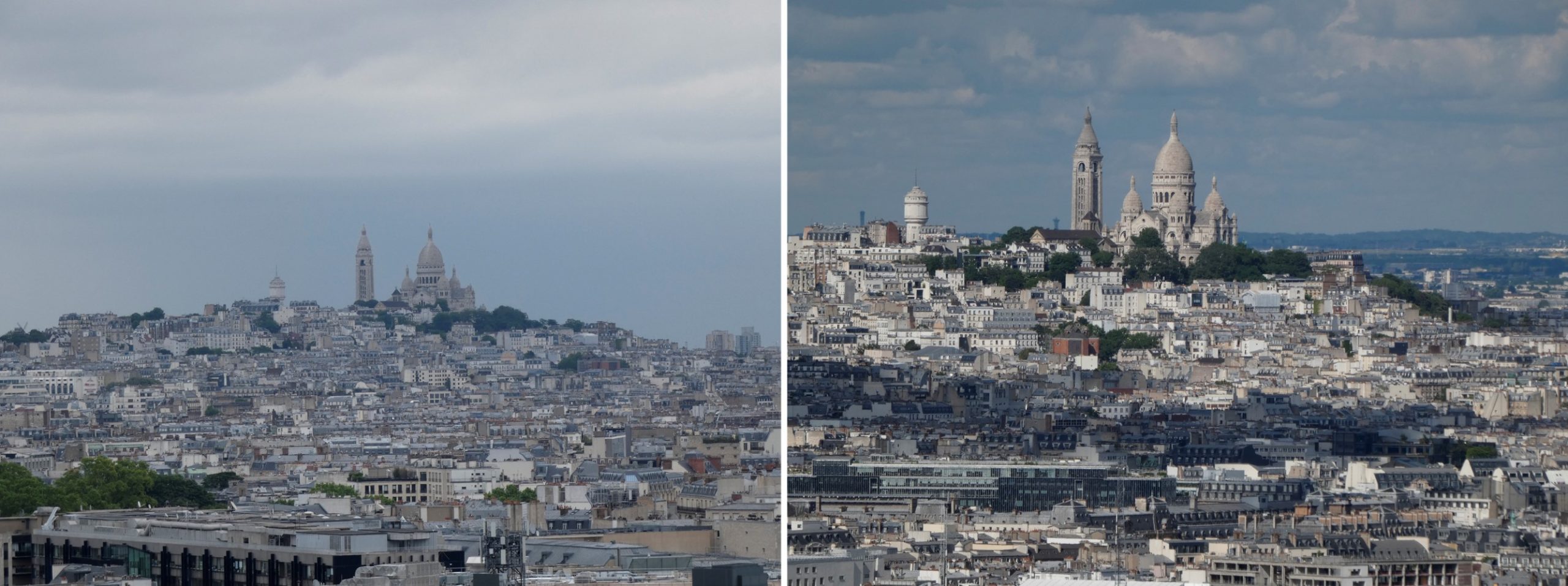
One of the structures we could spotted in visiting the top of the Arc de Triomphe and the Eiffel Tower was the “Sacré-Cœur Basilica”, or Basilica of the Sacred Heart. Its huge dome can be seen from different points in Paris. Continue reading “The “Sacré-Cœur Basilica” of Montmartre, Paris”
Gallery of “Meninas” in the streets of Madrid 2022
Based on the painting “Las Meninas” by Diego Velázquez, who is considered the most important painter of the Spanish Baroque period and master of universal painting, a whole exhibition is created in 2018 reinterpreting precisely “Las Meninas”. Continue reading “Gallery of “Meninas” in the streets of Madrid 2022″
The Parisian Icon: “Tour Eiffel”
There is no symbol that better identifies Paris than its Eiffel Tower and there are many of us who have known it since we were kids through books, cartoons or movies. So it becomes the structure that one day we all wish to know, see and touch in person. Continue reading “The Parisian Icon: “Tour Eiffel””
Cervantes Birthplace Museum – Alcalá de Henares
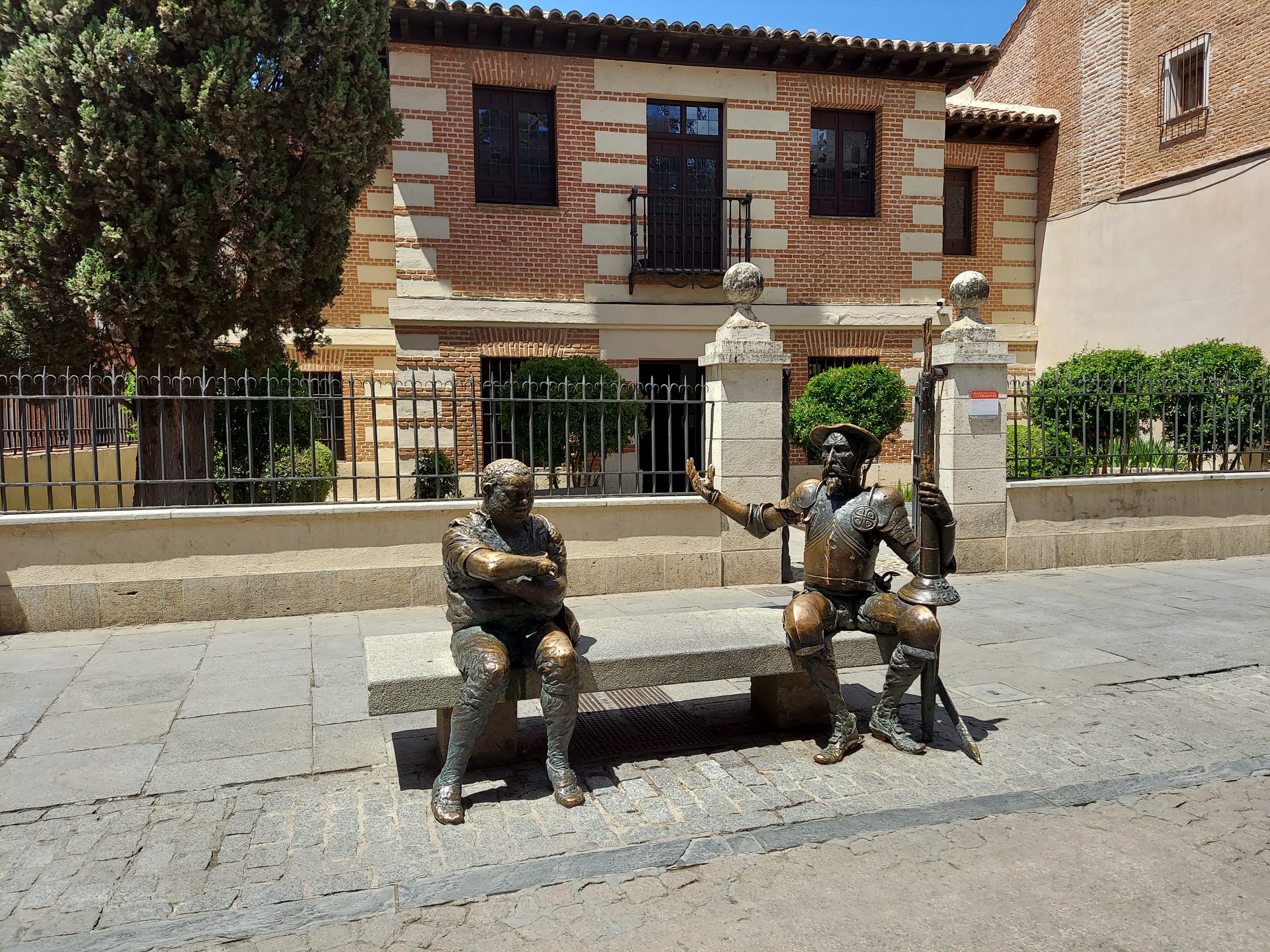
Sitting and talking, Quixote de la Mancha and Sancho were waiting for us in front of the Museo Casa Natal de Cervantes at Calle Mayor 48. Who better than them to welcome us. Continue reading “Cervantes Birthplace Museum – Alcalá de Henares”
The Garnier Palace of Paris
As part of the urban transformation proposed by Napoleon III in Paris during the Second Empire, the “Opéra Garnier”, also known as the “Palais Garnier” or Paris Opera, was built. The emperor intended the new opera house to be the symbol of the new Paris. Continue reading “The Garnier Palace of Paris”
Royal Church of Saint Anthony of the Germans – Madrid
The first thing that caught our attention about this church is precisely its name, “San Antonio de los Alemanes” or Saint Anthony of the Germans. It was founded by Philip III at the beginning of the 17th century, when Portugal was part of the Hispanic kingdoms under the Habsburgs. The mission of both the church and the adjoining hospital was to receive the sick and Portuguese pilgrims passing through Madrid. For this reason it was originally called Saint Anthony of the Portuguese. Continue reading “Royal Church of Saint Anthony of the Germans – Madrid”
The Garden of the Island – Aranjuez
The Garden of the Island is located to the north of the Royal Palace of Aranjuez and is considered one of the main works of Spanish Renaissance gardening along with the “Casa de Campo” in Madrid. Since 1931 it has been of Cultural Interest and since 2001 it has been a World Heritage Site as part of the Cultural Landscape of Aranjuez declaration. Continue reading “The Garden of the Island – Aranjuez”

